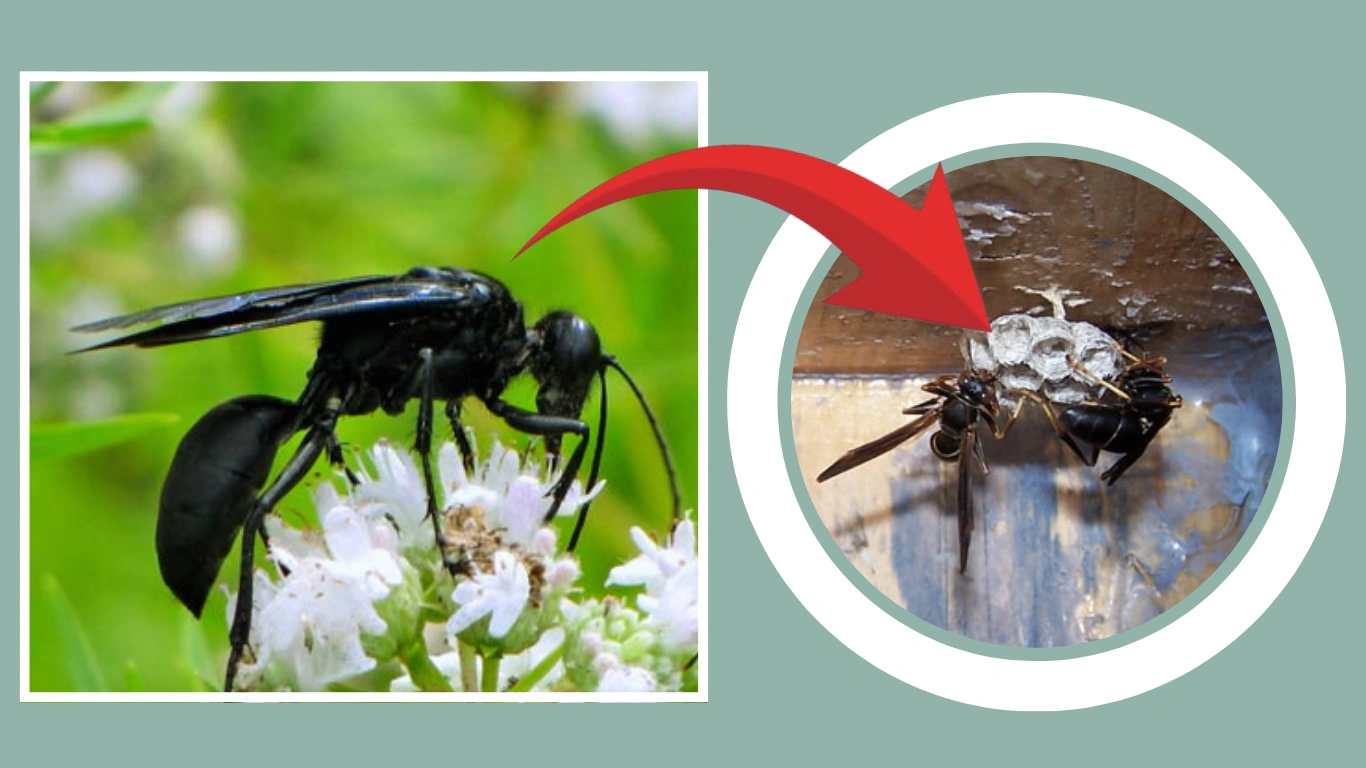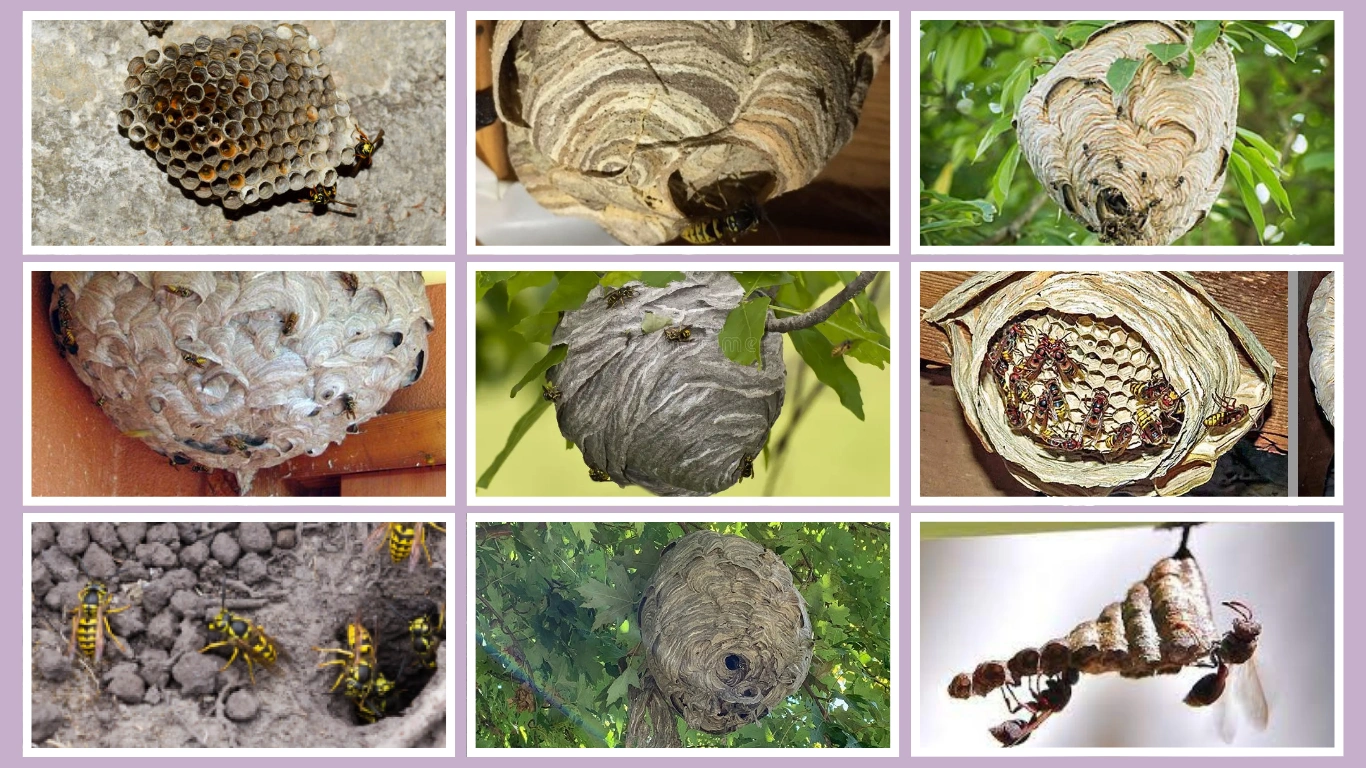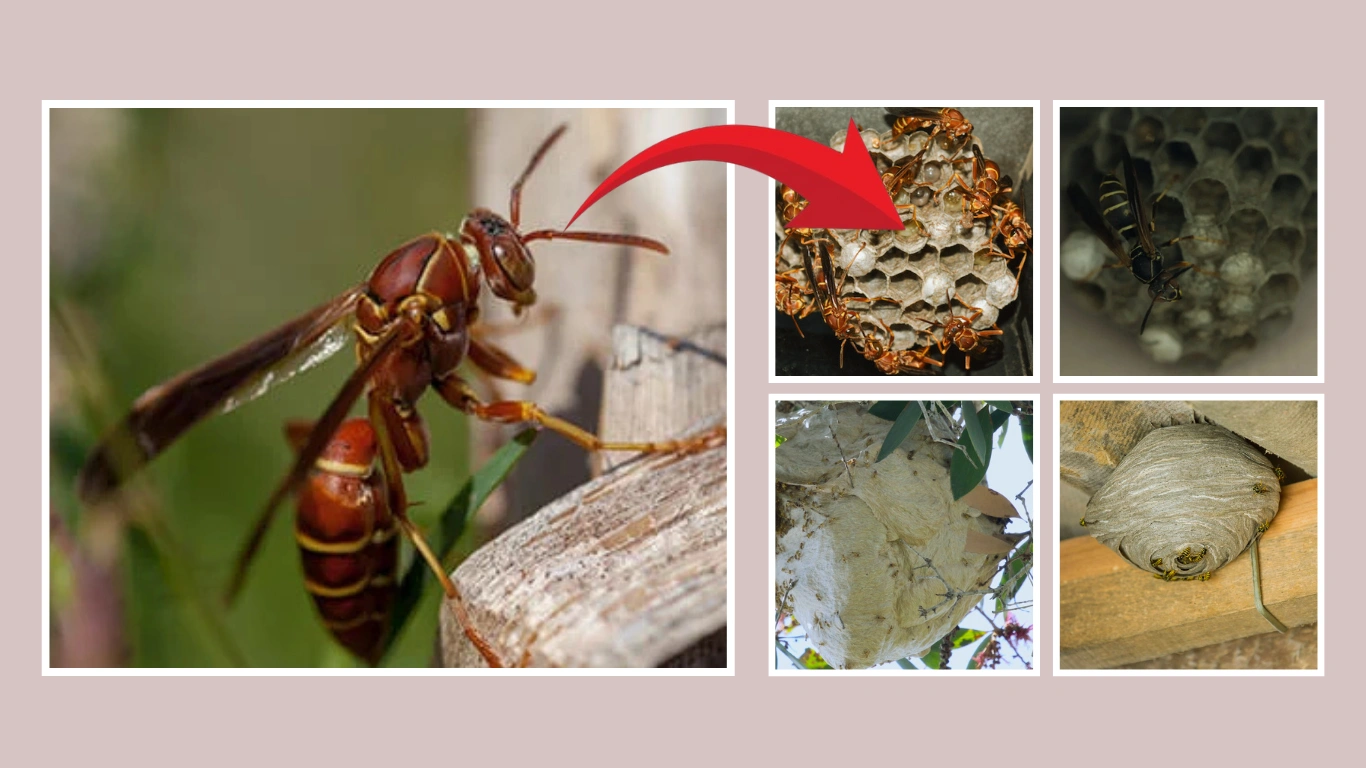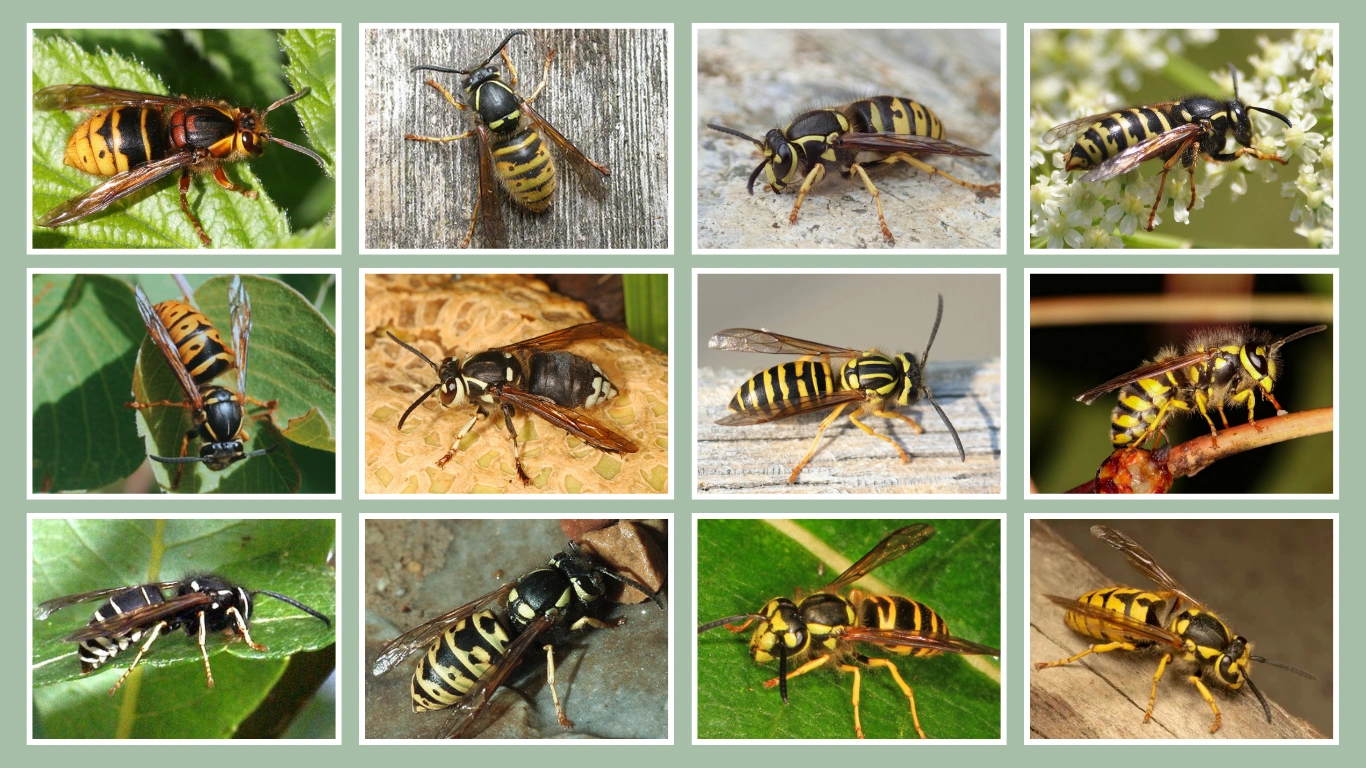If you’ve ever noticed a small, papery nest hanging from your porch ceiling or tucked under your eaves, chances are you’ve stumbled upon a black paper wasp nest. These nests may look harmless at first, especially when small, but they can quickly grow in size and house dozens of wasps. Understanding how to identify, manage, and safely remove a black paper wasp nest is essential for your comfort and safety, especially during warmer months when these insects are most active. In this guide, I’ll walk you through everything you need to know—from identifying the nest to deciding when and how to remove it.
What is a Black Paper Wasp?
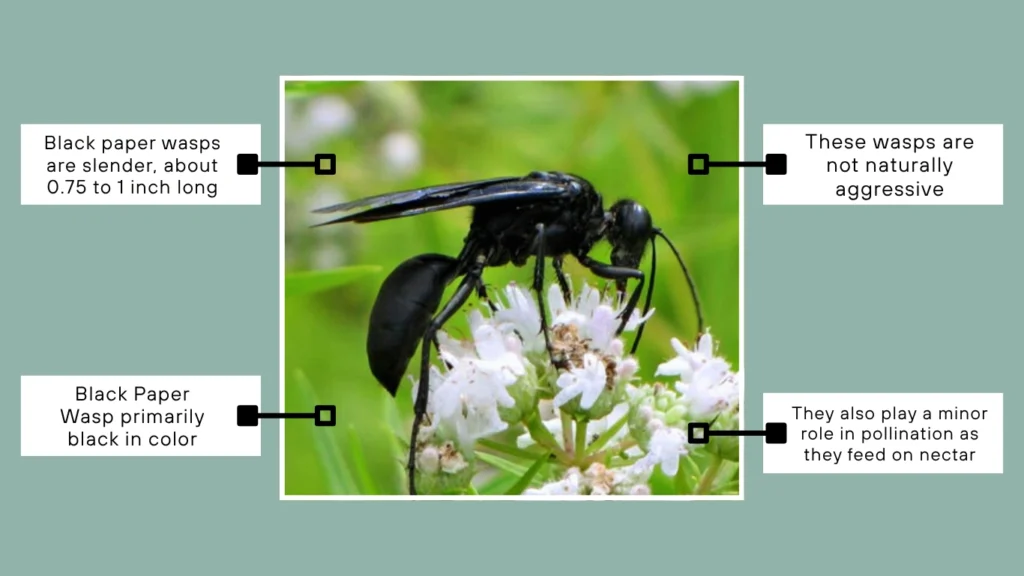
Black paper wasps are a specific type of paper wasp known for their dark coloration. Like other paper wasps, they are part of the Vespidae family, which includes hornets and yellowjackets. While their sting can be painful, they are generally less aggressive than hornets and yellowjackets unless their nest is directly threatened.
Physical Characteristics
Black paper wasps are slender, about 0.75 to 1 inch long, and primarily black in color. Some may have a bluish or metallic sheen on their exoskeleton, which makes them stand out in the sunlight. Their wings are smoky or dark brown, and they have long, dangling legs when in flight.
Behavior and Aggression Level
These wasps are not naturally aggressive and prefer to avoid confrontation. However, they become defensive if their nest is disturbed. Black paper wasps are beneficial insects in the garden because they prey on caterpillars, flies, and other soft-bodied pests, helping to control unwanted insect populations. They also play a minor role in pollination as they feed on nectar.
What Does a Black Paper Wasp Nest Look Like?

Identifying the nest early is key to avoiding any problems with black paper wasps. Their nests are often mistaken for other wasp or hornet nests, but they have distinct features.
Structure and Material
A black paper wasp nest is made from chewed wood fibers mixed with saliva, creating a papery material. The structure is usually an open umbrella-shaped cluster of hexagonal cells. Unlike hornet nests, these do not have a protective outer covering. The nest hangs down from a single stalk, known as a pedicel.
Size and Color
When newly built, the nest might be as small as a marble. As the colony grows, it can reach the size of a baseball or larger. The color is generally gray or light brown, but it can appear darker when wet or when located in shaded areas.
Common Nesting Locations
Black paper wasps prefer sheltered areas that protect the nest from rain and direct sun. Common places include:
- Under roof eaves and gutters
- Inside sheds or garages
- Around window and door frames
- Under deck railings
- Tree branches and shrubs
Because they build in open, visible areas, their nests are relatively easy to spot during a visual inspection.
Black Paper Wasp Nest vs Other Wasps
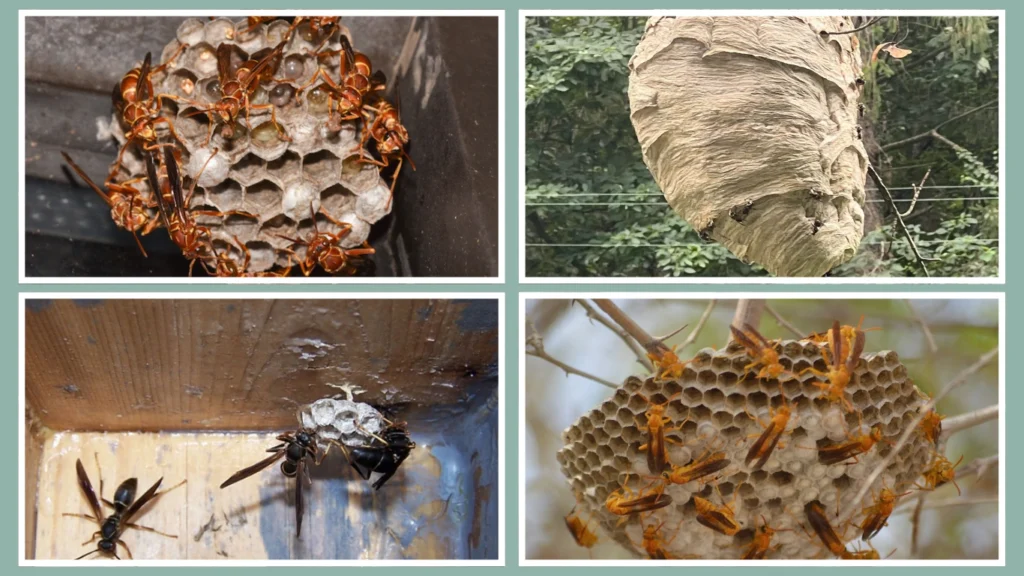
Distinguishing between different wasp species is important if you’re trying to identify a nest or decide how to handle it.
Paper Wasp vs Hornet Nest
Hornet nests are usually enclosed in a large, football-shaped covering made of the same paper-like material. In contrast, black paper wasp nests remain open, exposing the comb structure. Hornets are also more aggressive and build much larger colonies than paper wasps.
Black Paper Wasp vs Yellow Paper Wasp
Yellow paper wasps have brighter yellow markings and may appear more similar to yellowjackets. Black paper wasps are almost entirely black with minimal or no yellow markings. Behaviorally, both build similar nests, but their appearance and regional habitat can vary.
Is It Dangerous to Have a Black Paper Wasp Nest Near Home?
Many people ask whether it’s safe to leave a paper wasp nest alone. The answer depends on a few factors, including the location of the nest and the sensitivity of those who live nearby.
Risk to Humans and Pets
If the nest is in a high-traffic area, such as a doorway or near a deck, the risk of accidental disturbance increases. While black paper wasps are not aggressive by nature, they will defend their nest if threatened. Multiple stings from several wasps can happen quickly and be quite painful.
Allergy and Medical Concerns
The biggest concern with any wasp species is the possibility of an allergic reaction. For people allergic to wasp venom, even a single sting can trigger a serious medical emergency. If you or someone in your household has a known allergy, it’s best to remove the nest proactively, even if it’s small.
How to Safely Remove a Black Paper Wasp Nest
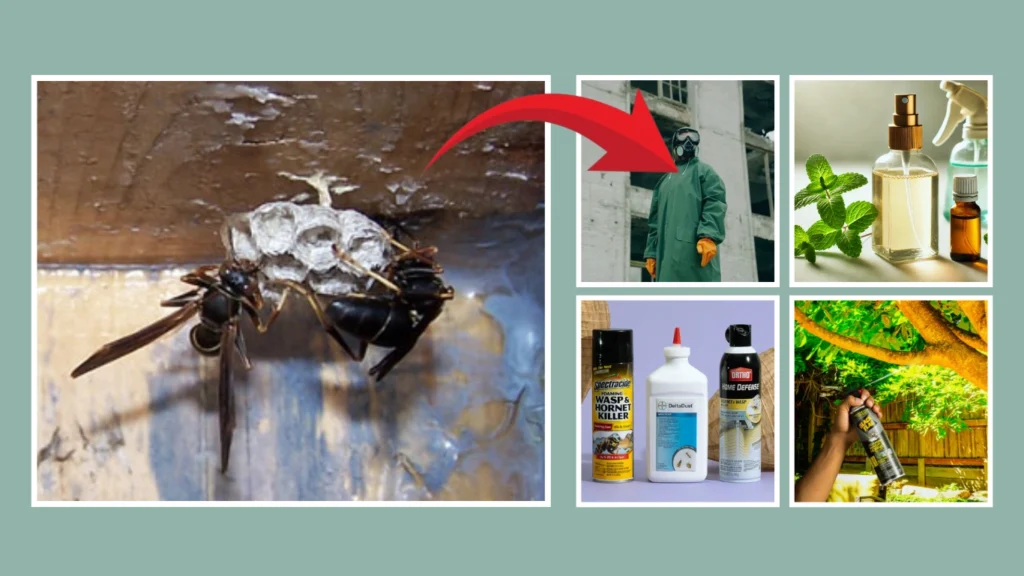
If you’ve identified a black paper wasp nest on your property and it poses a threat due to location or size, you’ll need to decide whether to remove it yourself or hire a professional.
When to Attempt Removal
The best time to remove a nest is in the early morning or late evening when wasps are less active and more likely to be inside the nest. This timing reduces the chance of wasps flying around and stinging.
Removal Steps by Step Guide
- Wear Protective Clothing
Cover your body completely with thick clothing, gloves, goggles, and a face mask to protect yourself from stings. - Use Wasp Spray
Buy a commercial wasp spray that shoots from a distance of at least 10 to 15 feet. Approach the nest slowly and spray it thoroughly. Make sure to stand upwind. - Wait and Re-Inspect
Wait 24 hours and inspect the nest. If there is still activity, repeat the spraying process. - Remove the Nest
Once you are sure the wasps are dead, use a long stick or scraper to knock down the nest. Place it in a sealed plastic bag and dispose of it properly.
Prevention Tips After Removal
Once you’ve removed a black paper wasp nest, taking preventive measures can help ensure they don’t return.
Seal Entry Points
Wasps can sneak into small crevices or damaged screens. Seal all wall cracks, caulk window frames, and repair damaged vents or eaves.
Use Repellents or Fake Nests
Natural repellents like peppermint oil, citronella, or clove oil can deter wasps. Some homeowners hang fake paper wasp nests, which signal to other wasps that the area is already occupied. While this method isn’t foolproof, it can be part of a broader prevention strategy.
FAQs
Are black paper wasps aggressive?
Not typically. They are defensive and will sting if their nest is disturbed, but they won’t attack without reason.
Can black paper wasps sting multiple times?
Yes, unlike bees, paper wasps can sting more than once, especially if they feel threatened.
What time of year do black paper wasps build nests?
Spring through summer is their active nesting period. Most nests die off in late fall when the cold weather arrives.
Will black paper wasps abandon a nest?
Sometimes, especially if the nest is damaged or if the queen dies. However, it’s not guaranteed.
Is it okay to leave a black paper wasp nest alone?
If the nest is in a remote location and not posing any threat, it can be left alone. But nests near human activity should be monitored or removed.
